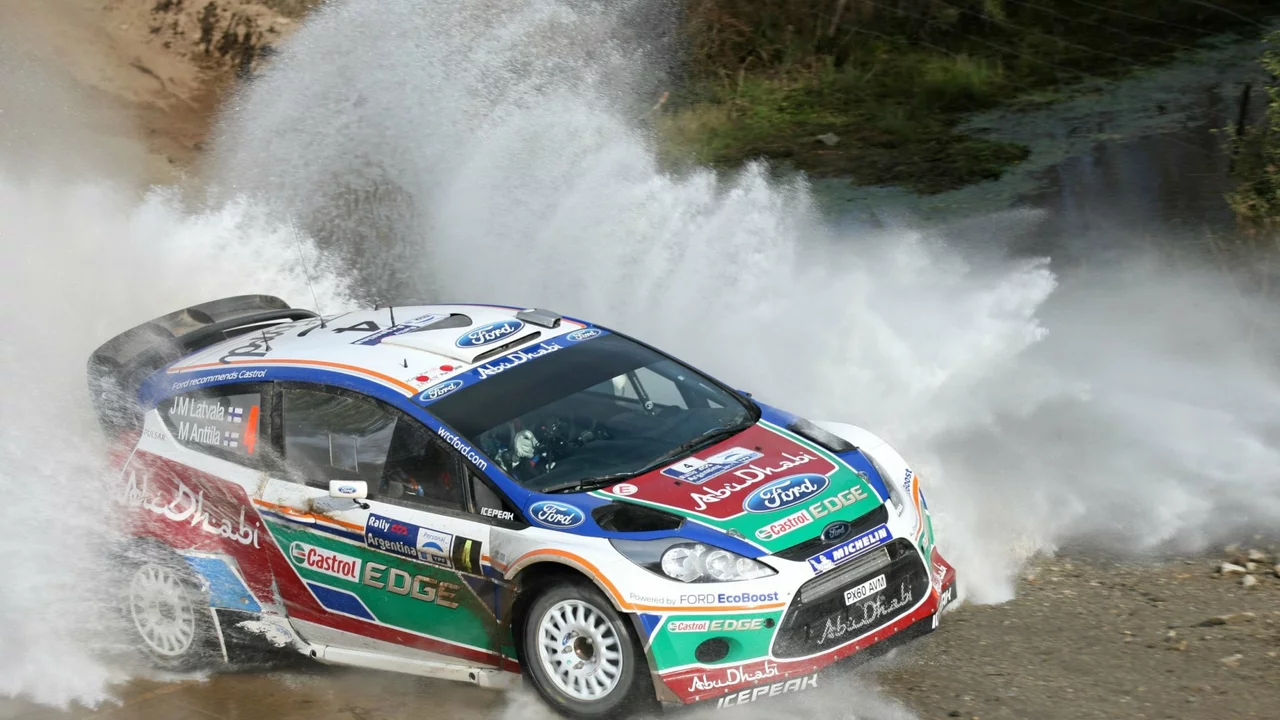Teen Rally Guides: Practical Tips for Young Drivers
If you’re a teen dreaming about rally cars, you’ve landed in the right spot. Rally isn’t just for seasoned pros – the right advice can get you on the road fast. Below you’ll find clear steps to start, gear that fits your budget, and how to turn a hobby into a career.
Getting Started: What You Need First
The first move is to understand the basics. Rally cars use a sequential gearbox, which means you shift up or down one gear at a time – no skipping. It’s quick, predictable, and helps you keep control on loose surfaces. If you can’t access a rally car yet, try a local karting track or a driving school that offers sequential gear lessons. Those sessions teach you the rhythm you’ll need on gravel or snow.
Next, find a local club or rally school. Many UK clubs welcome teen members and provide mentor drivers. Joining a group gives you access to seasoned co‑drivers who can read the pace notes for you. Remember, rally is a two‑person sport: the driver handles the car, the co‑driver calls out the road ahead. Learning to trust that partnership early makes a huge difference later.
Choosing the Right Gear Without Breaking the Bank
Gear can get expensive, but you don’t need a full‑blown race car to start. A solid front‑wheel‑drive (FWD) hatchback, like a Suzuki Swift, can be a good entry point. FWD cars handle tight corners well and are forgiving on ice or snow – perfect for learning the drift technique many rally drivers use to keep speed through bends.
Don’t overlook the hand‑brake, often called the “long stick” in rally lingo. It lets you lock the rear wheels for a quick rotation around tight corners. A basic hydraulic hand‑brake upgrade costs less than £150 and adds a lot of control. Pair it with a simple rally‑grade helmet, a fire‑resistant suit, and sturdy boots. Safety gear is non‑negotiable, and you’ll find decent options on sale or second‑hand.
Finally, think about tires. Rally‑grade tires are designed for mixed surfaces, but for a beginner you can start with all‑season performance tires that handle both dry and wet conditions. When you step up to a competitive event, swapping to a dedicated gravel or snow tire will boost your times.
With basics covered, start practicing on local stages. Many events have “junior” categories that let you run short, timed sections. It’s a low‑pressure way to test your skills, learn pace notes, and see how your car reacts under real conditions.
Remember, rally isn’t just about speed. It’s about precision, adaptability, and teamwork. Keep a notebook of what works – the gear you liked, the notes that helped, and any mistakes you made. Over time you’ll see a clear path from teen enthusiast to seasoned rally driver.
How do I start learning rally racing as a teen?
So, you're a teen and you've caught the bug for rally racing, huh? Welcome to the adrenaline-fueled world of dirt and speed, kid! First things first, get yourself enrolled in a rally school. They'll teach you the basics and get you comfortable with high-speed maneuvers. You'll also need to learn about car mechanics, safety protocols, and the importance of teamwork. And remember, it's not just about being fast, it's about having fun and staying safe! So buckle in, it’s going to be a wild ride!
Read More

